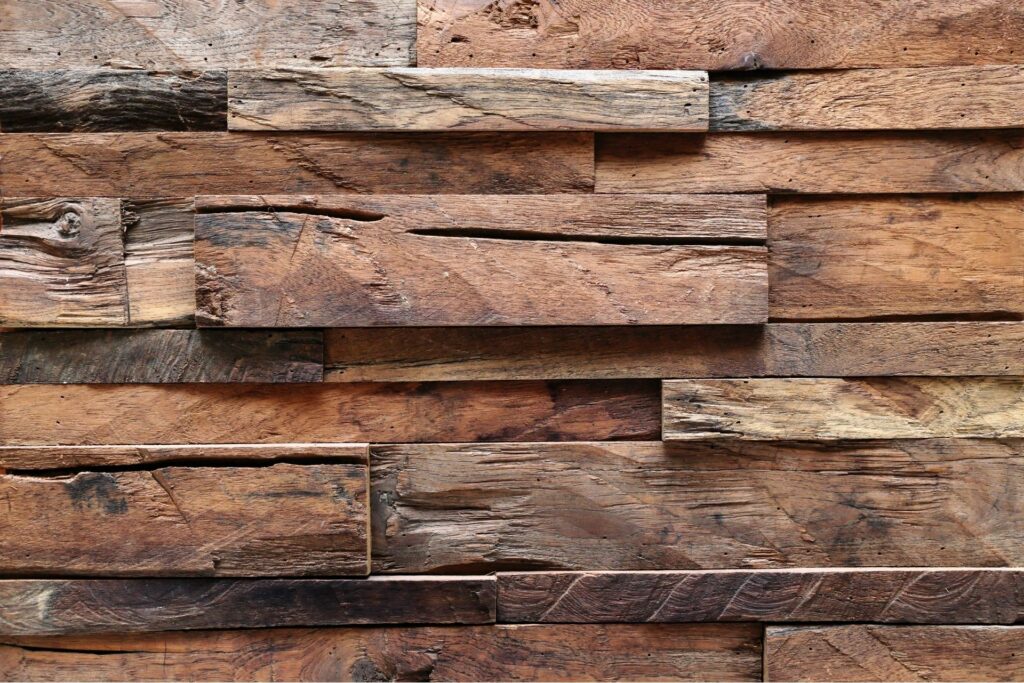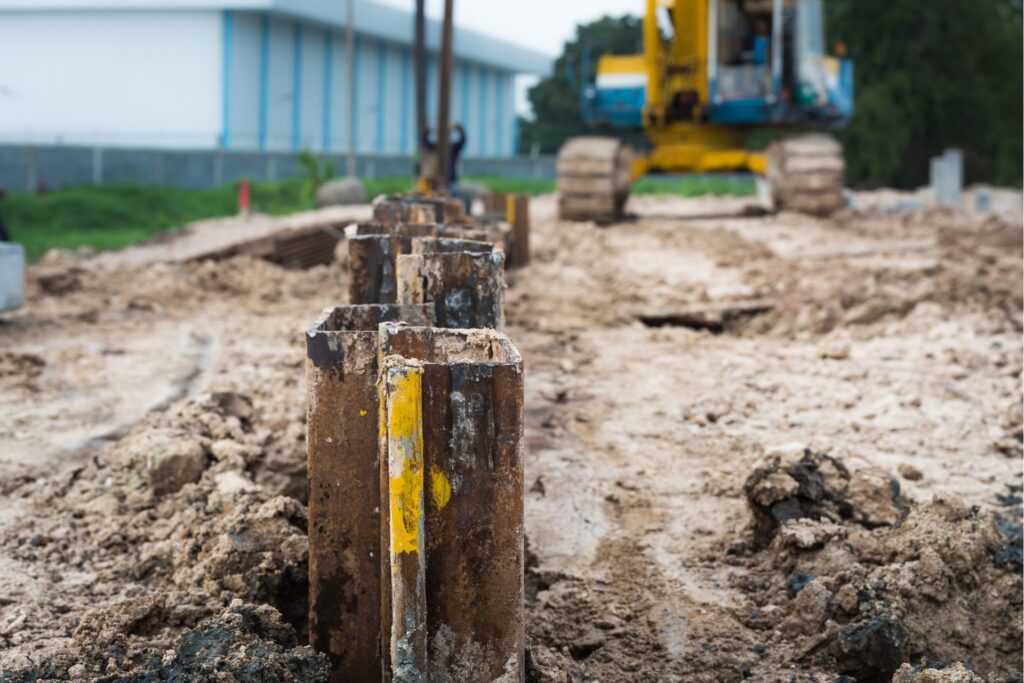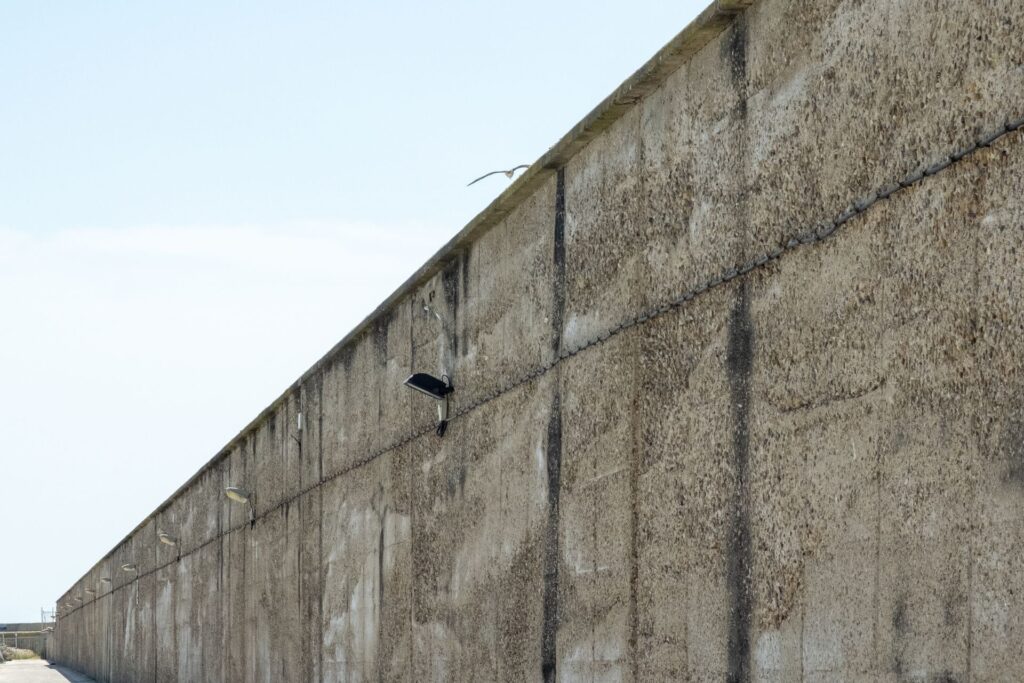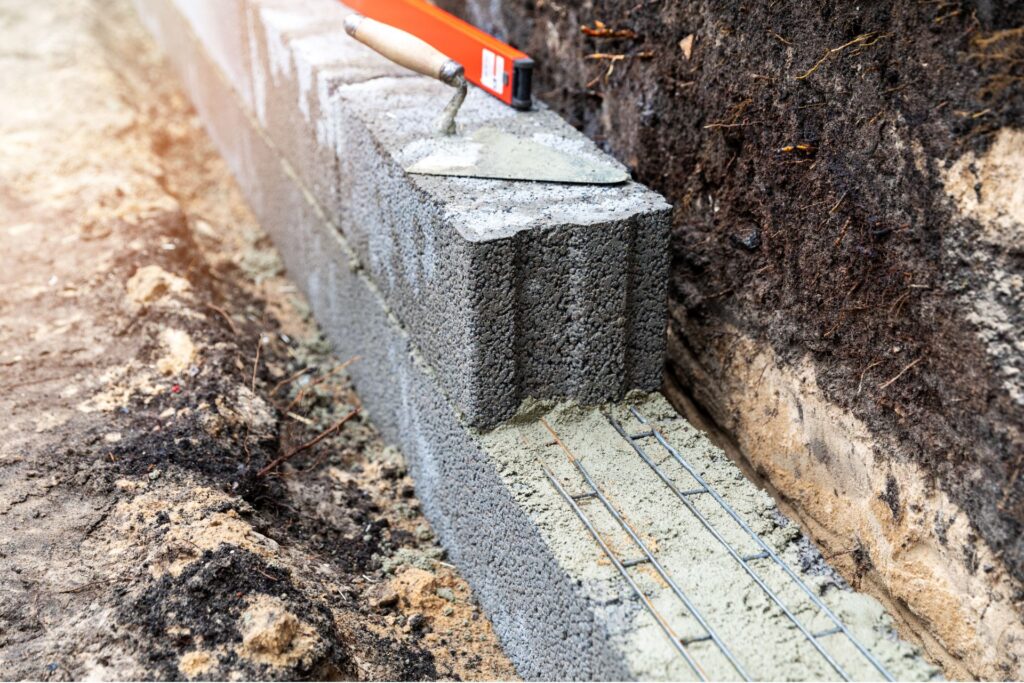Welcome to our comprehensive guide on timber retaining walls in New Zealand, where beauty meets functionality in landscape design. Retaining walls, the unsung heroes of our gardens and outdoor spaces, offer not just structural support but also a canvas for aesthetic expression. Timber, with its natural beauty, versatility, and sustainability, stands out among materials. This guide delves into everything from choosing and building to maintaining a timber retaining wall that captivates the eye and holds back the soil. Whether you’re a seasoned DIY enthusiast or a first-timer, we cover the essentials for the New Zealand landscape, including popular timber types, legal considerations, and practical maintenance tips. Join us on this journey to transform your outdoor space with the warmth and charm of timber retaining walls, tackling erosion, creating usable land, or enhancing your garden’s appeal.
Timber retaining walls in New Zealand offer a perfect blend of functionality and aesthetic appeal for any landscape. Ideal for combating erosion, creating level areas on slopes, and enhancing garden beauty, these walls are a popular choice due to their natural look and environmental sustainability. Common timber types used include Radiata Pine and Douglas Fir, treated for longevity. Planning involves assessing the landscape, understanding legal requirements, and designing for both aesthetics and stability. Building a timber retaining wall requires preparation, precise construction, and regular maintenance to ensure durability. Whether you’re a DIY enthusiast or prefer professional installation, timber retaining walls are a cost-effective, attractive option for transforming outdoor spaces.
Understanding Timber Retaining Walls
When discussing landscaping and outdoor living enhancements, the conversation often turns towards practical yet visually appealing solutions like timber retaining walls. This section is dedicated to unraveling the facets of timber retaining walls, including their definition, benefits, and the preferred timber types in New Zealand, ensuring a comprehensive understanding that blends seamlessly into the realm of gardening and outdoor design.
Definition and Purpose
Timber retaining walls are not just an element of landscaping; they are a pivotal solution for managing soil erosion, enhancing usable garden space, and contributing to the overall aesthetic of outdoor areas. These structures are built to retain soil at different levels on a slope, preventing it from slipping and providing structural support to the landscaped area. Their application is widespread in creating terraced gardens, sloped yards, and in areas where the natural slope of the land needs to be tamed for both functional and aesthetic purposes.
Benefits of Choosing Timber
Opting for timber in constructing retaining walls brings with it a plethora of advantages that cater to both the environment and the homeowner’s budget and taste.
Aesthetic Appeal: Timber offers a natural, warm appearance that integrates seamlessly with outdoor environments. It complements a wide range of landscaping designs, from rustic to modern minimalistic gardens.
Environmental Benefits: Wood is a renewable resource, and when sourced responsibly, it represents an eco-friendly option. It has a lower carbon footprint compared to other retaining wall materials like concrete or steel.
Cost-Effectiveness: Timber is generally more affordable than other materials, making it a cost-effective choice for homeowners looking to enhance their outdoor space without breaking the bank.
Versatility: Timber can be cut and shaped into various designs, offering flexibility in the construction of retaining walls that can suit any garden layout and personal preference.
Popular Timber Types in NZ
In New Zealand, the choice of timber for retaining walls is influenced by factors such as durability, resistance to rot, and aesthetic qualities. Among the preferred types, Radiata Pine and Douglas Fir stand out, primarily due to their availability, cost-effectiveness, and performance in outdoor conditions.
Radiata Pine: Widely used in New Zealand, Radiata Pine is known for its versatility and strength. When treated properly, it offers excellent durability, making it ideal for retaining walls. Its treatment ensures resistance to rot and pests, extending the life of the wall.
Douglas Fir: Another popular choice, Douglas Fir, is valued for its strength and resistance to decay. Like Radiata Pine, Douglas Fir needs to be treated to ensure longevity, especially in retaining wall applications where exposure to soil and moisture is inevitable.
The selection of timber and its treatment is crucial for the longevity and performance of a retaining wall. In New Zealand, treatments are standardized to ensure that the timber can withstand the local climate and pest conditions, making timber retaining walls a durable and attractive option for homeowners.
In conclusion, timber retaining walls represent a blend of functionality, aesthetic appeal, and environmental responsibility. They offer a versatile and cost-effective solution to managing slopes and enhancing outdoor spaces. With the right choice of timber and treatment, these structures can provide years of beauty and utility, making them an excellent choice for New Zealand homeowners looking to improve their landscapes.
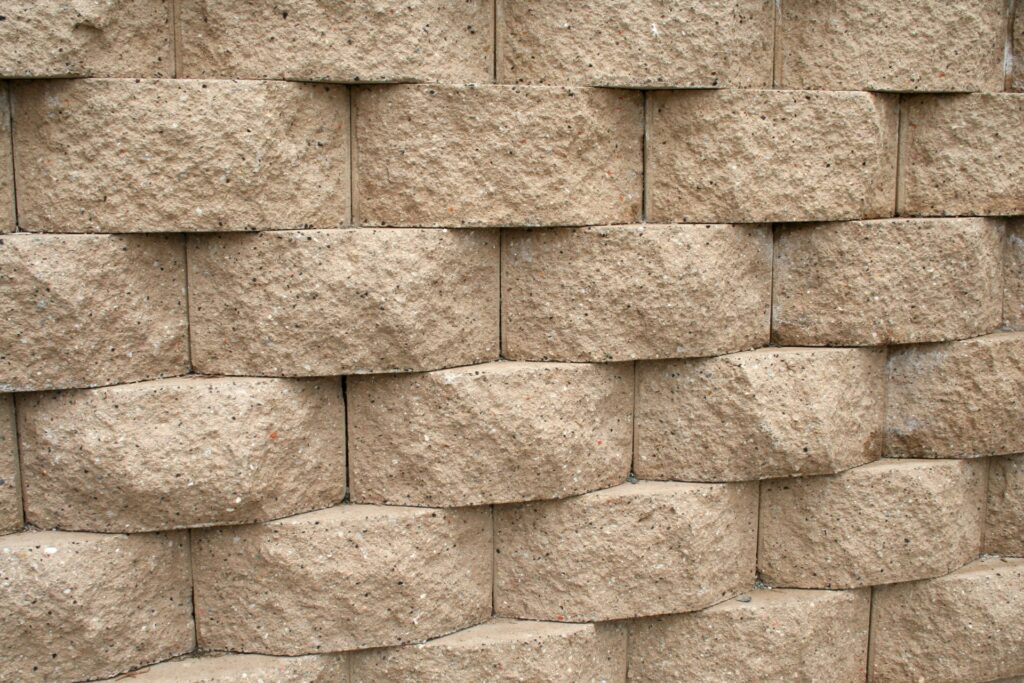
Planning And Design Considerations
When approaching the construction of timber retaining walls, it’s crucial to dive into comprehensive planning and design considerations to ensure that your project not only meets aesthetic desires but also complies with legal standards, especially in a place with specific guidelines like New Zealand.
Analyzing Your Landscape Needs
Before laying the first piece of timber, understanding the unique characteristics of your site is paramount. This involves a detailed analysis of your landscape’s needs, focusing on several key factors:
Evaluating the Slope: The slope of your site significantly affects the design and construction of your retaining wall. A steeper slope might require a more robust structural design to counteract the force of gravity and prevent soil erosion effectively.
Understanding Soil Type: The type of soil on your site plays a crucial role in determining the kind of drainage solutions you’ll need and the overall stability of your retaining wall. Sandy soils, for example, have different retaining requirements than clay soils.
Drainage Conditions: Proper drainage is essential for the longevity of a retaining wall. Assessing the site’s natural water flow can help in designing an effective drainage system that prevents water buildup behind the wall, which could lead to pressure damage or wall failure.
Designing for Aesthetics and Functionality
The art of designing timber retaining walls lies in striking the perfect balance between functionality and aesthetics. Here are some tips to achieve that harmony:
Choose the Right Timber: Opt for high-quality, durable timber that can withstand the elements and the test of time. The right material not only serves the functional purpose of soil retention but also adds a warm, natural aesthetic to your landscape.
Consider the Wall Height and Length: The dimensions of your wall affect both its appearance and structural integrity. A well-proportioned wall will look more appealing and be more effective in holding back soil.
Integrate Landscaping Features: Think about how your timber retaining wall can complement your garden or outdoor space. Incorporating steps, planters, or seating areas can enhance both the utility and beauty of your retaining wall, making it a focal point of your landscape.
Legal Considerations in NZ
In New Zealand, like in many other countries, there are specific building codes and regulations you need to be aware of when constructing a retaining wall:
Building Codes and Regulations: New Zealand’s building codes outline the standards for construction, including retaining walls. These regulations ensure that structures are safe, durable, and unlikely to cause harm to people or the environment.
Permit Requirements: Depending on the size and location of your retaining wall, you may need to obtain a building permit from your local council. It’s essential to check these requirements before starting your project to avoid any legal complications or the need for costly modifications later on.
By carefully considering these planning and design aspects, you can ensure that your timber retaining wall project in New Zealand is not only successful but also compliant with local laws and regulations. Remember, the key to a successful retaining wall project lies in thorough preparation, from understanding the unique challenges of your landscape to navigating the legal landscape of construction in New Zealand.
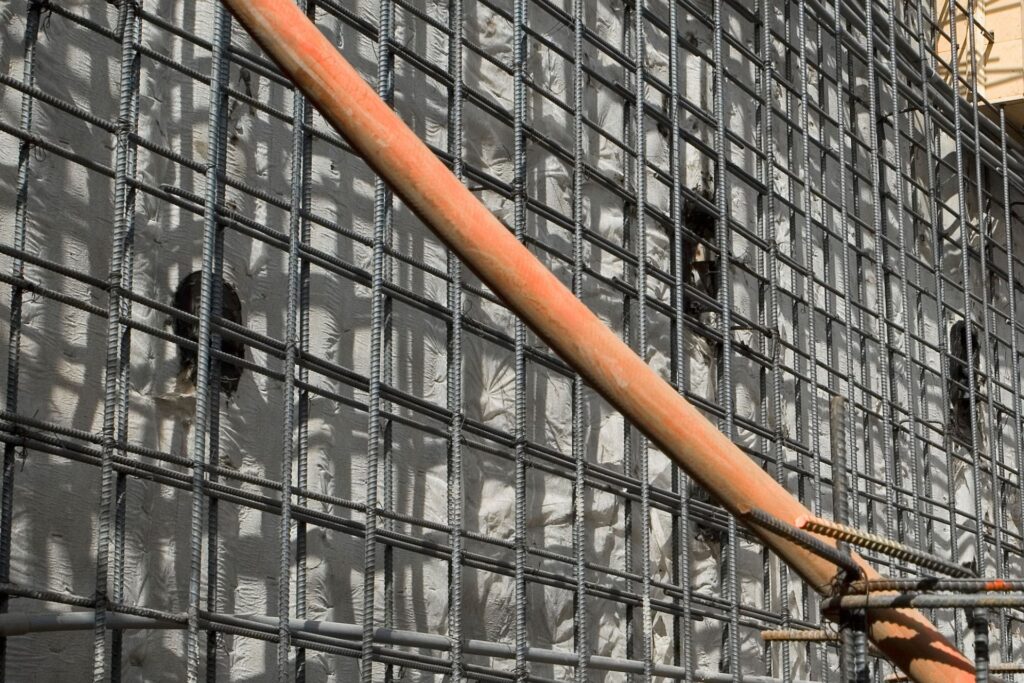
Building Timber Retaining Walls (Step-By-Step)
Constructing a timber retaining wall is not only a great way to enhance the aesthetic appeal of your landscape but also a functional solution to manage soil erosion and create level areas in your yard. This guide will take you through the process step-by-step, from gathering the necessary materials and tools to adding the final landscaping touches. Let’s embark on this DIY journey to transform your outdoor space with a beautiful and durable timber retaining wall.
Materials and Tools Needed
Before you start, ensuring you have all the right materials and tools is crucial for the success of your project. Here’s what you’ll need:
Timber: Pressure-treated timber is recommended for its durability and resistance to decay. Calculate the amount based on the length and height of the wall you intend to build.
Drainage Materials: Gravel and landscape fabric will help manage water flow behind the wall, preventing pressure build-up.
Tools: You’ll need a shovel, a level, a tape measure, a saw, a drill with wood bits, and a hammer or a mallet.
Hardware: Galvanized spikes or screws specifically designed for outdoor use will secure the timber layers together.
Preparation and Foundation
A solid foundation is key to the longevity of your retaining wall. Follow these steps to prepare the site and lay a strong foundation:
1. Site Clearance: Clear the area where you plan to build the wall. Remove any debris, plants, or roots that could interfere with construction.
2. Leveling: Use your shovel and level to create a flat base. This step is crucial for preventing future leaning or collapsing.
3. Base Layer: Lay a base layer of gravel. This helps with drainage and provides a sturdy foundation for the timber.
Construction Steps
With a solid foundation in place, it’s time to start building your timber retaining wall. Keep safety and precision in mind as you follow these steps:
1. First Layer: Place the first layer of timber on the gravel base. Ensure it’s level before securing it with spikes or screws.
2. Drainage: Behind the first timber row, lay landscape fabric and fill with gravel. This setup promotes proper drainage and prevents soil pressure from building up.
3. Subsequent Layers: Stack additional timber layers, offsetting the joints for increased stability. Check the level with each layer and secure them together.
4. Backfill: As you build up, backfill the area behind the wall with soil and gravel, compacting lightly to remove air pockets.
Finishing Touches and Landscaping
The construction of your timber retaining wall is just the beginning. The finishing touches and landscaping integrate the wall into your garden seamlessly:
Top Layer: Consider a row of cap timbers for a neat finish. Secure them in place like the previous layers.
Planting: Use the soil behind the wall for planting shrubs, flowers, or even a small vegetable garden.
Additional Features: Depending on your needs, you might add steps or a pathway near the wall to enhance accessibility and aesthetic appeal.
Constructing a timber retaining wall is a rewarding project that not only adds value to your property but also provides a sense of achievement. By following this detailed guide, you’ll be well on your way to creating a functional and attractive feature in your landscape. Remember, the key to a successful retaining wall is in the preparation and foundation, so don’t rush those initial steps. With the right materials, tools, and a bit of elbow grease, your new timber retaining wall will be the envy of the neighborhood.
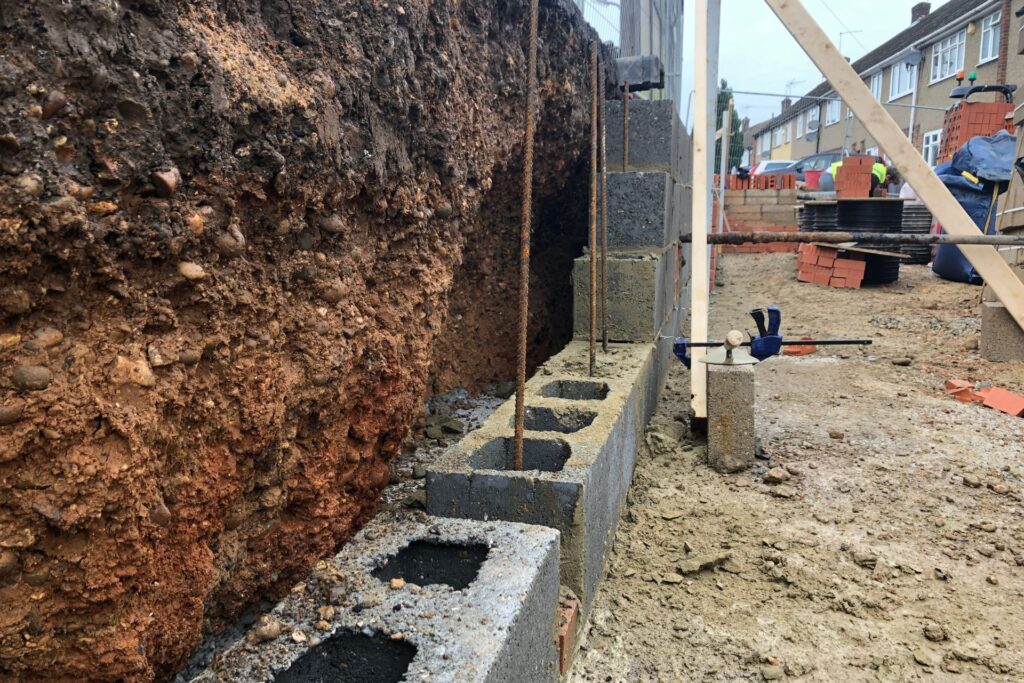
Maintenance And Longevity
Creating a timber retaining wall not only adds aesthetic value to your landscape but also plays a crucial role in preventing soil erosion and managing water flow. However, to ensure that your timber wall stands the test of time, maintenance and longevity are key aspects that cannot be overlooked. In this section, we delve into the essential practices and treatments that will protect your timber wall, alongside regular maintenance tips to keep it in top condition year after year.
Protecting Your Timber Wall
The durability and longevity of a timber retaining wall heavily depend on the measures taken to protect it from environmental factors and potential damage. Here’s how you can ensure your wall remains robust over the years:
Choose the Right Timber: Start by selecting high-quality, pressure-treated wood that’s designed for ground contact. This type of wood is treated with preservatives to resist rot, decay, and insect damage, providing a solid foundation for your wall.
Apply Protective Coatings: Consider applying a waterproof sealant or stain to your timber wall. These coatings not only enhance the wood’s resistance to moisture – which is a primary cause of decay – but also can add to the wall’s aesthetic appeal by highlighting the wood’s natural grain.
Ensure Proper Drainage: One of the most critical factors in protecting your timber wall is ensuring that water does not accumulate behind it. Incorporate a drainage system or gravel backfill to facilitate water flow away from the wall, thus preventing pressure buildup and wood saturation.
Regular Maintenance Tips
To keep your timber retaining wall looking great and functioning properly, regular maintenance is essential. Here is a checklist of annual maintenance tasks to consider:
Inspect the Wall Regularly: At least once a year, inspect your wall for signs of wear and tear. Look for any cracks, rot, or movement in the wall that could indicate structural problems. Early detection of issues can save you from costly repairs down the line.
Clean the Wall: Remove dirt, debris, and any plant growth on or near the wall. This not only keeps the wall looking neat but also prevents roots and moisture from causing damage.
Reapply Protective Coatings: Depending on the product used and the climate in your area, reapplying a sealant or stain every few years can significantly extend the life of your timber wall by offering continued protection against moisture and UV damage.
Check and Repair Drainage Systems: Ensure that the drainage system behind your wall is functioning correctly. Clear any blockages in drainage pipes and ensure that water is being effectively diverted away from the wall.
By following these tips and dedicating some time to the maintenance of your timber retaining wall, you can significantly enhance its longevity and functionality. Not only does this effort protect your investment, but it also maintains the beauty and integrity of your landscaping project for years to come. Remember, a little maintenance goes a long way in ensuring that your timber wall remains a durable and attractive feature of your outdoor space.

Cost Considerations And Budgeting
When tackling a home improvement project like building a timber retaining wall in New Zealand (NZ), understanding the financial aspects is crucial for a smooth execution. This section delves into the intricacies of cost considerations and budgeting, providing a comprehensive guide to help homeowners navigate through the planning phase with confidence. This guide is tailored to offer actionable advice and insider tips, ensuring your project not only meets but exceeds expectations without breaking the bank.
Estimating Your Project Costs
The cornerstone of any successful project is a well-thought-out budget. Here, we’ll explore general guidelines for estimating the costs associated with building a timber retaining wall in NZ. It’s not just about the immediate expenses; consideration must also be given to long-term value, maintenance, and the potential for property value enhancement.
Materials: The choice of timber is paramount. Options range from treated pine, known for its cost-effectiveness and durability, to premium hardwoods that offer unparalleled longevity and aesthetic appeal. Prices will vary depending on the type of wood, so it’s important to compare options.
Labor: Whether you’re considering a DIY approach or hiring professionals, labour costs can fluctuate widely. Professionals bring expertise and efficiency but at a higher cost. DIY can save money but might take longer and could incur extra expenses if mistakes are made.
Design and Size: The complexity of your design and the size of the retaining wall will significantly impact your budget. A straightforward, small wall will cost less than a large, complex design.
Permits and Regulations: Don’t overlook the potential need for building permits or compliance with local regulations, which can add to your overall cost.
Additional Costs: Consider drainage solutions, landscaping changes, and any necessary soil reinforcement. These can all contribute to the total project cost but are vital for a successful and long-lasting retaining wall.
Tips for Budgeting
A well-planned budget doesn’t mean cutting corners especially when it comes to structural projects like retaining walls. It’s about making smart choices that ensure durability and quality while keeping costs manageable.
Plan Thoroughly: Start with a clear design and a detailed list of all materials and tools needed. This can prevent unexpected purchases or changes that may inflate costs.
Quality vs. Price: Investing in quality materials for parts of the wall that are crucial for structural integrity can save you money in the long run on maintenance and repairs.
Comparative Shopping: Take the time to compare prices from different suppliers and consider bulk purchasing for materials to get better deals.
DIY Where Possible: Tasks like preparing the site or finishing touches can be done without professional help, saving on labor costs. However, for the wall’s construction, professional input or assistance ensures safety and longevity.
Seek Professional Advice: Even if you plan to undertake the project yourself, consulting with a professional can provide valuable insights into cost-saving techniques and materials without compromising on quality.
In conclusion, building a timber retaining wall in New Zealand is a significant investment in your property. By following the guidelines and tips provided in this section, you can ensure that your project is not only aesthetically pleasing and functional but also cost-effective and durable. Remember, a well-planned project is the key to success, allowing you to enjoy your new outdoor space for years to come without unnecessary financial strain.
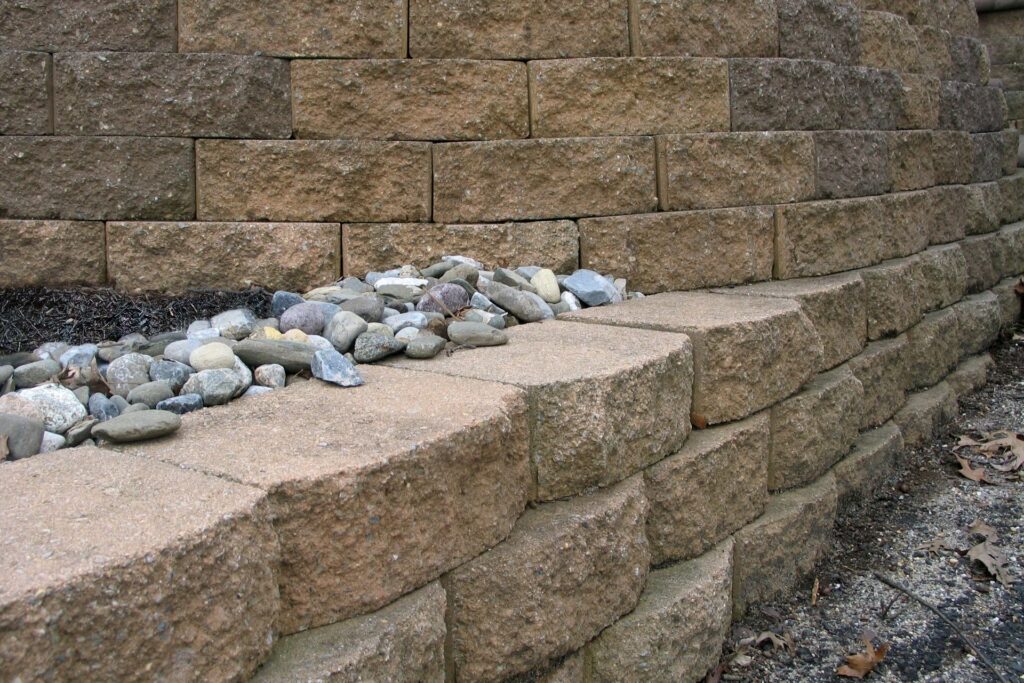
When To Call The Professionals
Embarking on a home improvement or landscaping project can be an exciting endeavor, full of creativity and the promise of transforming a space into something truly special. However, the question often arises: Should you dive into the project with a do-it-yourself (DIY) spirit, or is it time to call in the professionals? In this essential guide, we’ll navigate through the decision-making process of DIY vs. professional installation and offer insights on choosing the right contractor for your needs in New Zealand.
DIY vs. Professional Installation
Understanding When DIY Is Feasible
DIY projects can be immensely rewarding, offering personal satisfaction, the joy of learning new skills, and the potential for cost savings. Simple landscaping tasks such as planting flowers, creating a vegetable garden, or even building a small patio area are great examples of where DIY can be both fun and effective.
However, the feasibility of a DIY approach depends on several factors, including the complexity of the project, your skill level, the time available, and safety considerations. It’s important to realistically assess your capabilities and resources before deciding to undertake a project on your own.
Recognizing When to Hire Professionals
There are situations where hiring professional landscapers or builders becomes not just advisable, but necessary. Complex projects that involve structural changes, electrical work, plumbing, or significant alterations to your property’s landscape may require specific expertise and certifications to ensure safety and compliance with local regulations.
Professional contractors bring a wealth of experience, specialized tools, and a network of suppliers to the table. They can foresee potential challenges and offer solutions that might not be apparent to the DIY enthusiast. Moreover, for substantial projects, professionals can provide guarantees and insurance that DIY projects cannot.
Choosing the Right Contractor
Finding a Reputable Contractor in New Zealand
Selecting the right contractor is critical to the success of your project. Start by seeking recommendations from friends, family, or reputable online platforms. Once you have a list of potential contractors, it’s important to conduct thorough research to ensure they have a solid track record, the necessary qualifications, and positive reviews.
Questions to Ask Before Hiring
Before making your final decision, there are several key questions you should ask prospective contractors:
- Can you provide references from previous projects similar to mine?
- Are you licensed and insured for this type of work in New Zealand?
- What is the estimated timeline for completion, and how do you handle delays?
- How do you manage changes in the project scope or unexpected challenges?
- Can you provide a detailed quote including materials, labor, and any other potential costs?
Taking the time to ask these questions can provide clarity and confidence in your choice. Remember, the cheapest quote might not always be the best option. Quality, reliability, and a good communication line are crucial for a successful project outcome.
Deciding between a DIY approach and hiring professionals for your home improvement or landscaping project is a significant decision. By carefully evaluating the scope of your project, your own skills and resources, and the potential benefits of professional expertise, you can make an informed choice that best suits your needs. When it comes to choosing a contractor, diligence in research and clear communication are key to finding a partner who will bring your vision to life with skill and integrity. With the right approach, your project, be it DIY or professionally managed, is sure to enhance the beauty and value of your home.
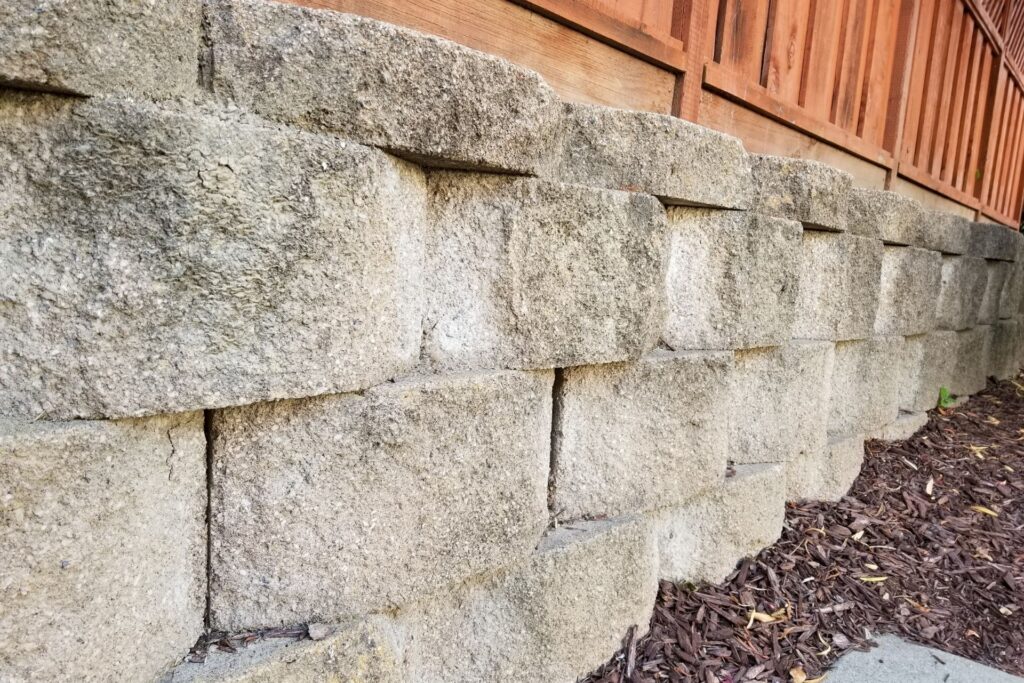
FAQs: About Timber Retaining Walls NZ
Conclusion
In concluding our discussion on timber retaining walls, it’s vital to highlight their significant benefits and importance. These structures blend aesthetic appeal with functionality and environmental sustainability, making them an excellent choice for any landscaping project. Whether you’re considering a DIY approach or planning to hire professionals, timber retaining walls offer a practical solution to soil erosion and water management while enhancing the natural beauty of your outdoor space. Encouraging a community dialogue, we invite you to share your experiences, tips, or any insights in the comments section, fostering a valuable exchange of ideas and experiences.
Find A Retaining Wall Company Near You
- Retaining Wall Builders Kapiti
- Retaining Wall Builders Levin
- Retaining Wall Builders Lower Hutt
- Retaining Wall Builders Palmerston North
- Retaining Wall Builders Porirua
- Retaining Wall Builders Upper Hutt
- Retaining Wall Builders Wellington
- Retaining Walls Auckland
- Retaining Walls Nelson
- Retaining Walls Tauranga


